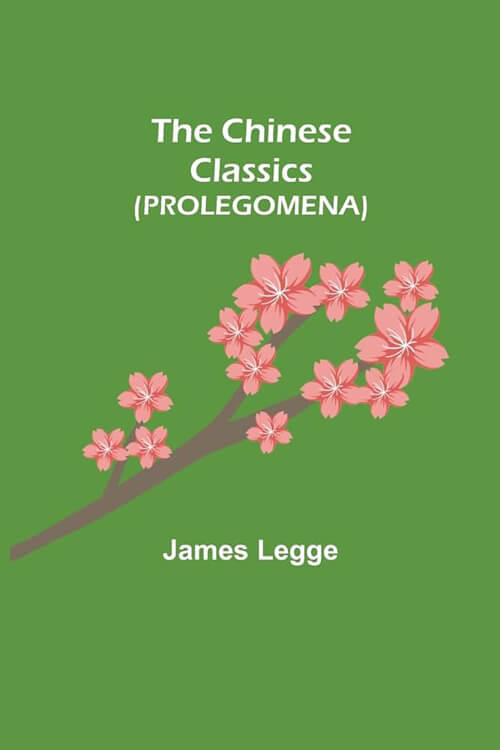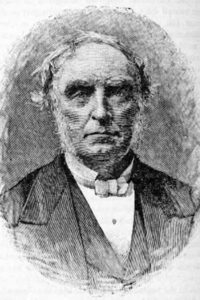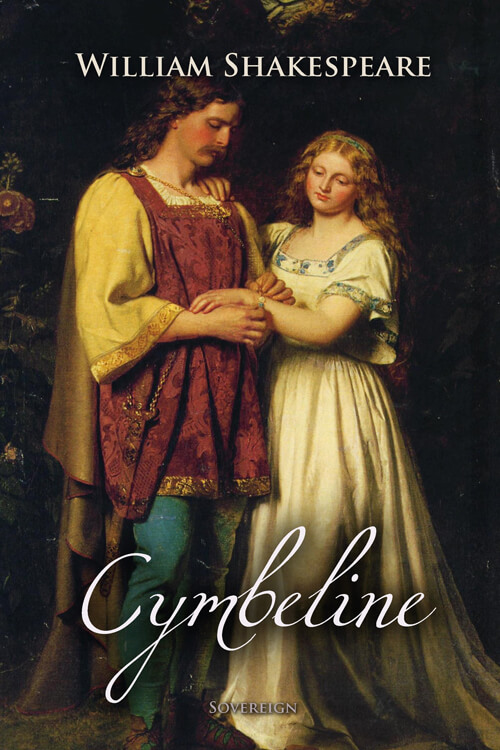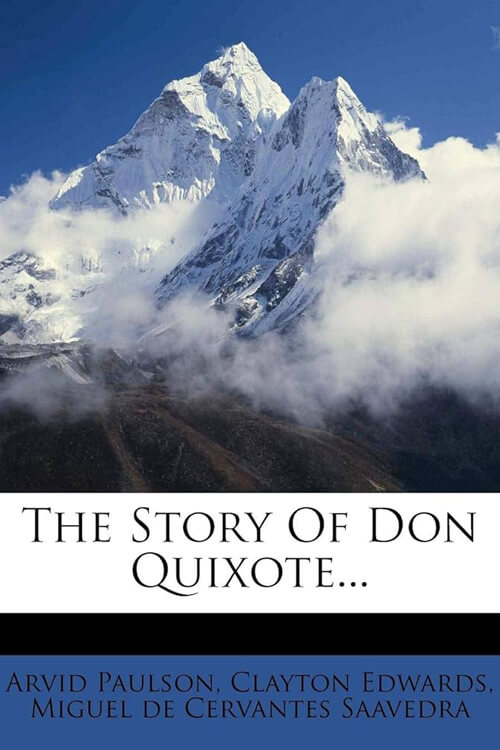
The Chinese Classics Prolegomena
1. The Books, now recognized as the highest authority in China, are comprehended under the denominations of ‘The five Ching’ and ‘The four Shu.’ The term Ching is of textile origin and signifies the warp threads of a web and their adjustment. A straightforward application of it is to denote what is regular and ensures regularity. As used concerning books, it indicates their authority on the subjects they treat. ‘The five Ching’ are the five canonical Works containing the truth upon the highest subjects from the sages of China, which all generations should receive as law. The term Shu means Writings or Books, = the Pencil Speaking; it may be used for a single character or books containing thousands of characters.
2. ‘The five Ching’ are the Yi, or, as it has been styled, ‘The Book of Changes;’ the Shu, or ‘The Book of History;’ the Shih, or ‘The Book of Poetry;’ the Li Chi, or ‘Record of Rites;’ and the Ch’un Ch’iu, or ‘Spring and Autumn,’ a chronicle of events, extending from 722 to 481 B.C. The authorship, or compilation of all these Works, is loosely attributed to Confucius. But much of the Li Chi is from later hands. Of the Yi, the Shu, and the Shih, it is only in the first that we find additions attributed to the philosopher himself in the shape of appendixes. The Ch’un Ch’iu is the only one of the five Ching who can, with an approximation to correctness, be described as his own ‘making.’
Read or download Book
James Legge
James Legge (/20 December 1815 – 29 November 1897) was a Scottish linguist, missionary, sinologist, and translator best known as an early translator of Classical Chinese texts into English.
Biography
Legge served as a representative of the London Missionary Society in Malacca and Hong Kong (1840–1873) and was the first Professor of Chinese at Oxford University (1876–1897). In association with Max Müller, he prepared the monumental Sacred Books of the East series, published in 50 volumes between 1879 and 1891. In 1867, Legge returned to Dollar in Clackmannanshire, Scotland, where he invited Wang Tao to join him and received his LLD from the University of Aberdeen in 1870. While in Scotland, he also revisited his native burgh, Huntly, accompanied by Wang Tao. He then returned to Hong Kong as pastor at Union Church from 1870 to 1873.
While in Hong Kong, he published The She King (Classic of Poetry) in 1871, which, according to Peter France, is the first substantial volume of Chinese poetry in English translation still in use. The work underwent a new edition in 1876 in verse. He took a long trip to North China, beginning on 2 April 1873 in Shanghai, arriving at Tianjin by boat, then travelling by mule cart, and coming to Peking on 16 April 1873, where he stayed at the London Missionary Society headquarters. He visited the Great Wall, Ming Tombs, and the Temple of Heaven, where he felt compelled to take off his shoes with holy awe. He left Peking, accompanied by Joseph Edkins, and headed for Shandong by mule cart to visit Jinan, Taishan, where they ascended the sacred Mount Tai, carried by four men on chairs. Leaving Mount Tai on 15 May, they visited Confucius Temple and the Forest of Confucius at Qufu, where he climbed to the top of Confucius’ burial mound. Legge returned to Shanghai through the Grand Canal and thence to England via Japan and the USA in 1873.
In addition to his other works, Legge wrote The Life and Teaching of Confucius (1867); The Life and Teaching of Mencius (1875); The Religions of China (1880); and other books on Chinese literature and religion. His respect for Confucianism was controversial among his fellow missionaries.






